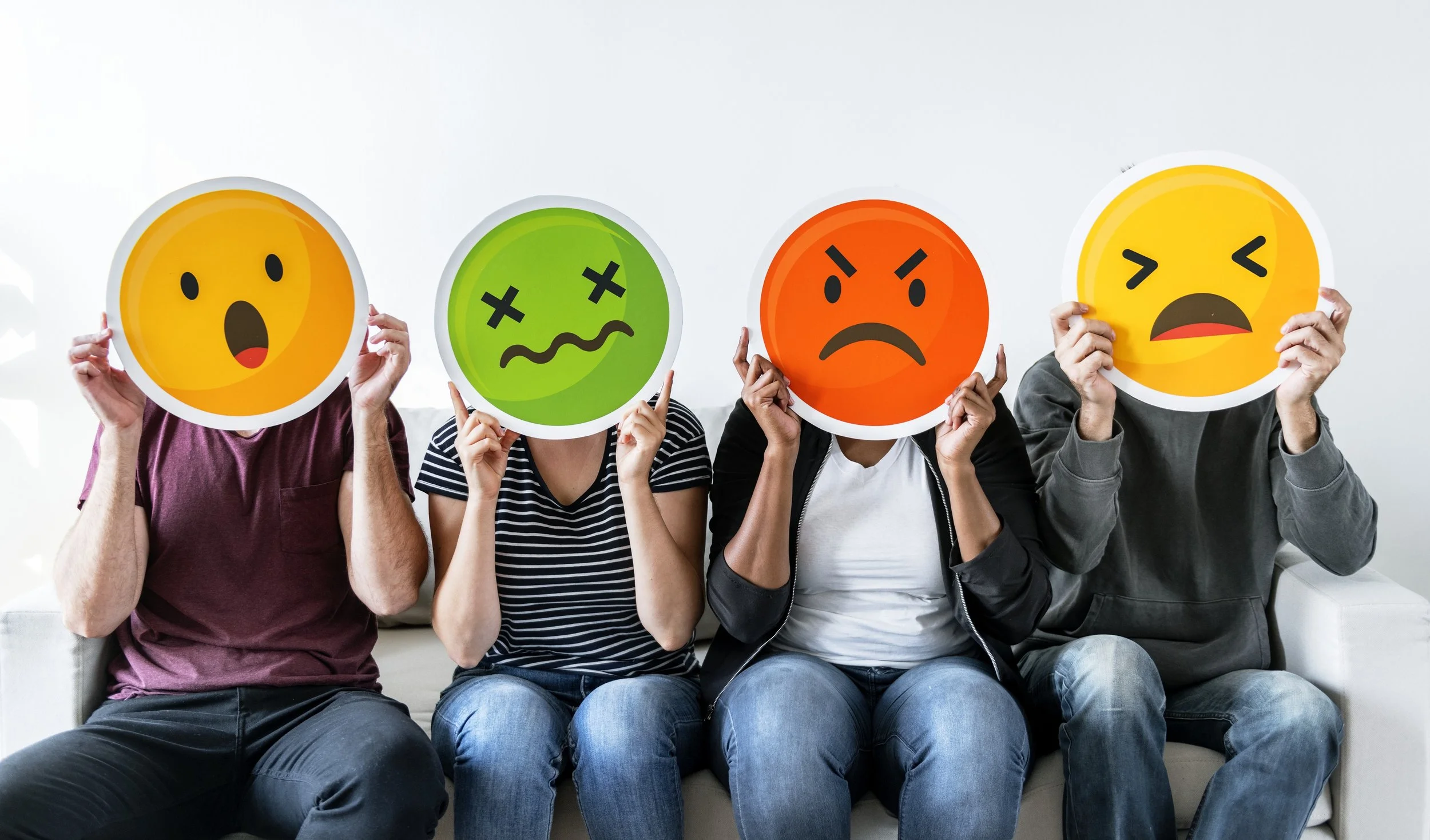Throughout narratives, myths, and stories across cultures and across time and space, a common maxim is expressed: what you exile to the dark will return to haunt you. For 300,000 years, we humans have observed what happens in a person’s life when we turn away from pain or discomfort, and we have resoundingly concluded that banishment is unsuccessful.
We’ve witnessed and noticed that what is left untended grows and transforms, sometimes into a monstrous force or detestable creature, choking and suffocating life from its hidden lair. Collectively, we’ve also deduced that the only way not to succumb to emotional, physical, or psychological death by that which one has disavowed is to coax it out of the darkness. Otherwise, whether slowly or all at once, depression, anxiety, mania, dissatisfaction, and exhaustion claw away at what is good and disrupt every path.





















